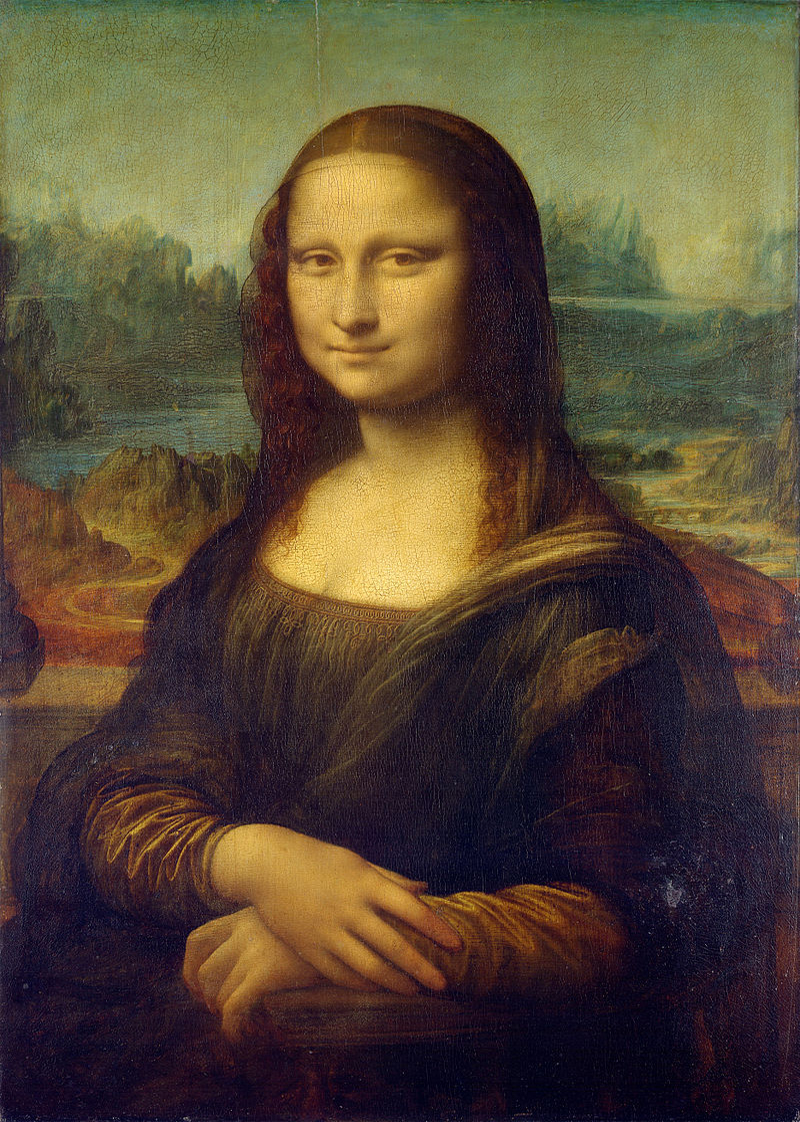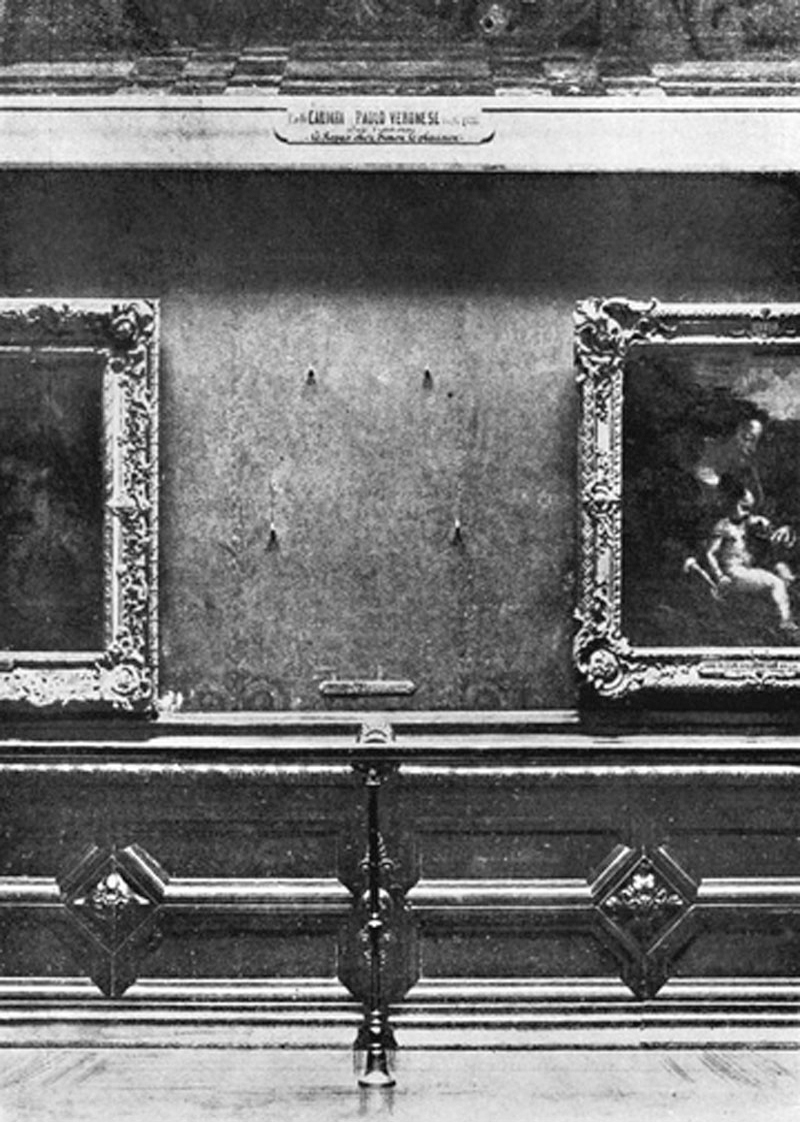Mona Lisa: Secrets, History & Cultural Impact
Every year, over 8 million visitors gather in a small, glass-protected gallery of the Louvre to see her. Some are surprised at her size — just 77 by 53 centimeters. Others are stunned by her calm expression, which seems to shift with every glance. Leonardo da Vinci’s Mona Lisa is more than a painting. It’s a symbol of genius, mystery, and humanity’s fascination with art.

Over 500 years after its creation, this portrait continues to spark questions and inspire innovation, making it one of the most studied and beloved artworks in history. Let’s dive deep into the story behind the Mona Lisa — from Renaissance Florence to the digital age.
Leonardo’s Technique: A Masterclass in Innovation
Leonardo’s approach to painting was revolutionary. He used sfumato, a technique that softened transitions between colors and contours, creating a lifelike glow. Under a microscope, these brushstrokes are impossibly thin, some narrower than a human hair.
He also applied his knowledge of anatomy. Despite the risks, Leonardo dissected human bodies to understand muscles, bone structure, and skin tone. This expertise made the Mona Lisa’s hands, face, and posture astonishingly naturalistic.
Leonardo worked slowly, adding layer upon layer of thin oil paint, sometimes waiting weeks for each to dry. This patience and scientific precision give the portrait its almost photographic realism.
Who Is the Woman? Theories and Clues
Most historians believe the sitter was Lisa Gherardini, wife of a wealthy Florentine merchant, Francesco del Giocondo. This theory inspired the name La Gioconda. Yet no definitive record confirms this, and alternative theories abound.
Some researchers suggest she may have been Constanza d’Avallos, a Neapolitan noblewoman, while others believe Leonardo may have painted a composite face — part real model, part idealized creation. The mysterious attire adds intrigue: her dark veil and modest clothing were unusual for a celebratory portrait, raising questions about mourning or symbolism.
The ambiguity keeps scholars and viewers alike captivated.
The Smile That Moves with You
The Mona Lisa’s smile is perhaps art’s greatest illusion. Stare at her mouth, and it seems faint and restrained. Glance at her eyes, and her smile widens. Neuroscientists explain this phenomenon through Leonardo’s subtle shading: shadows around her mouth create a perception of movement depending on your gaze.
Psychoanalyst Sigmund Freud described the expression as “divinely ironic,” linking it to Leonardo’s complex psyche. Medical experts have speculated about missing teeth or nerve damage, while others see it as a symbol of inner calm and mystery.
This optical trick is part of what makes the painting so timeless — it interacts with the viewer, creating a personal connection.

The Theft That Made Her Famous
In 1911, the Mona Lisa was stolen from the Louvre, shocking the world. The thief, Vincenzo Perugia, believed the painting belonged in Italy. For two years, the painting’s absence fueled headlines, detective stories, and rumors. When it was finally recovered in Florence, it had become an international celebrity.
Since then, the Mona Lisa has been a star attraction, drawing millions of tourists annually and symbolizing France’s cultural heritage.
The Renaissance Context: A Revolution on Canvas
To fully appreciate this masterpiece, step back into early 16th-century Florence. Portraits then were stiff, formal, and often in profile. Leonardo broke tradition, presenting his subject in a relaxed, three-quarter pose, set against a mysterious, almost dreamlike landscape.
The Mona Lisa embodied Renaissance ideals:
Humanism: celebrating individuality and intellect.
Scientific curiosity: using anatomy and optics to achieve realism.
Emotional depth: conveying a psychological presence rarely seen in earlier art.
For Renaissance viewers, this painting represented a leap forward in capturing the soul, not just the appearance, of a person.
Protecting a Priceless Treasure
Today, the Mona Lisa is one of the most heavily protected works of art in the world:
Display Case: Bulletproof, climate-controlled glass maintains stable temperature and humidity.
Lighting: Special LEDs minimize fading and allow viewers to see details clearly.
Security: 24/7 surveillance ensures its safety after past thefts and vandalism attempts.
The Louvre avoids aggressive restoration, focusing instead on preventive conservation. This careful approach has helped the painting survive over five centuries with minimal damage.
Scientific Discoveries: Peering Beneath the Paint
Modern technology has uncovered secrets Leonardo never shared.
- Infrared Reflectography revealed preliminary sketches, showing that Leonardo altered the design as he worked.
- Multispectral Imaging, led by engineer Pascal Cotte, uncovered vibrant original colors, including brighter blues and greens now dulled by time.
- Laser Scanning maps every crack and pigment particle, helping experts predict aging and protect the work.
These discoveries prove that the Mona Lisa is a living artifact — an evolving story revealed layer by layer.
Mona Lisa in Pop Culture: From Masterpiece to Meme
Few paintings have had such a dramatic cultural journey. In 1919, Marcel Duchamp drew a mustache on a reproduction, challenging traditional art norms. Andy Warhol turned her into a pop art icon, while countless memes, cartoons, and ads reimagine her enigmatic face.
She appears on mugs, T-shirts, and movie posters, symbolizing both high culture and playful parody. This dual identity — revered masterpiece and pop culture star — keeps her relevant in every generation.
Fun Facts About the Mona Lisa
1. A Global Celebrity
The Mona Lisa has her own mailbox at the Louvre because of the huge volume of fan letters sent by visitors from all over the world.
2. A Tiny Masterpiece
Measuring just 77 × 53 cm, the painting is far smaller than most visitors expect.
3. A Painting That Traveled
The Mona Lisa toured the U.S. in 1963 and Japan in 1974, escorted under tight security.
4. Made Famous by Theft
The 1911 theft turned her into a global icon. Before that, she was famous, but not the Louvre’s most popular piece.
5. An Imagined Landscape
The background is believed to be a mix of Tuscany’s hills and Leonardo’s imagination, not a real location.
The Mona Lisa’s Journey Through Time
| Year | Milestone |
|---|---|
| 1503–1506 | Leonardo paints the portrait in Florence (work may continue until 1517). |
| 1517 | Painting travels with Leonardo to France; later enters the royal collection under Francis I. |
| 1797 | First public display at the Louvre Museum, Paris. |
| 1911 | Theft from the Louvre by Vincenzo Perugia sparks worldwide headlines. |
| 1913 | Recovered in Florence and returned to the Louvre. |
| 1963 | U.S. tour: National Gallery of Art (Washington, D.C.) and The Metropolitan Museum of Art (New York). |
| 1974 | Exhibited in Japan and the USSR under tight security. |
| 2004 | Installed in a new bullet-resistant, climate-controlled display case with calibrated LED lighting. |
| 2010s–2020s | Advanced non-invasive studies (infrared reflectography, multispectral imaging, laser scanning) reveal underdrawings and pigment behavior. |
Quick Facts About the Mona Lisa
| Detail | Information |
|---|---|
| Artist | Leonardo da Vinci |
| Year Painted | c. 1503–1506 (possibly until 1517) |
| Medium | Oil on poplar panel |
| Dimensions | 77 × 53 cm |
| Current Location | Louvre Museum, Paris |
| Protective Display | Bulletproof glass, climate-controlled |
| Visitors Per Year | Over 8 million |
Conclusion
Leonardo da Vinci’s Mona Lisa is more than a portrait. It’s a window into Renaissance brilliance, a symbol of cultural exchange, and a masterpiece that continues to fascinate scientists, historians, and casual viewers alike.
Her enigmatic smile has sparked debate for centuries, and thanks to modern technology, we’re still uncovering her secrets. From the bustling streets of 16th-century Florence to the digital memes of today, the Mona Lisa remains a global icon — proof that true art transcends time.

